


Old Money
Here in the UK we use a decimal system of money (currency). This system came into use on February 15, 1971 but before that we used the system of pounds (£) shillings (s) and pence (d)
Old Money or Pre-decimal coinage
There were 20 shillings (s) to a pound (£)
each shilling was worth 12 old pennies
so there was 240 pennies to one pound (£)
Believe it or not a penny could be divided even
more!
It could be divided into two halfpennies
and further still into four farthings
so 1 farthing* was equal to 1/4 of a penny
*When English coins where split into four, each quarter was nicknamed a fourthing or fourling, this word evolved into the name FARTHING.
New Money
Now, after decimalisation
£1 is worth 100 (new) pennies
each 20p is equal to 20 new pennies
therefore 5 x 20p would equal one pound (£)
the smallest coin we have is a penny
Division of old money
| Coin | Amount | Equal to | Written as |
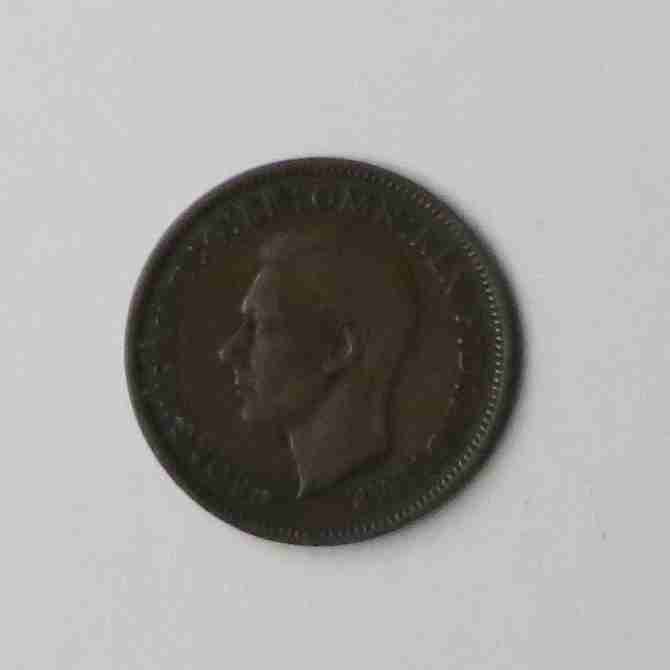 |
1 farthing | 1/4 of a penny | ¼d |
 |
2 farthings | 1 halfpenny | ½d |
 |
2 halfpennies | 1 penny | 1d |
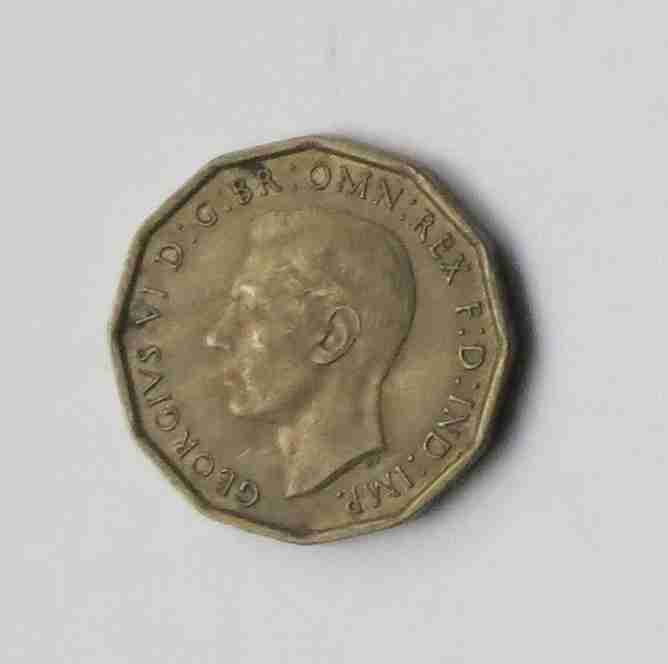 |
3 pennies | 1 thrupenny bit (bronze coin first minted 1936) | 3d |
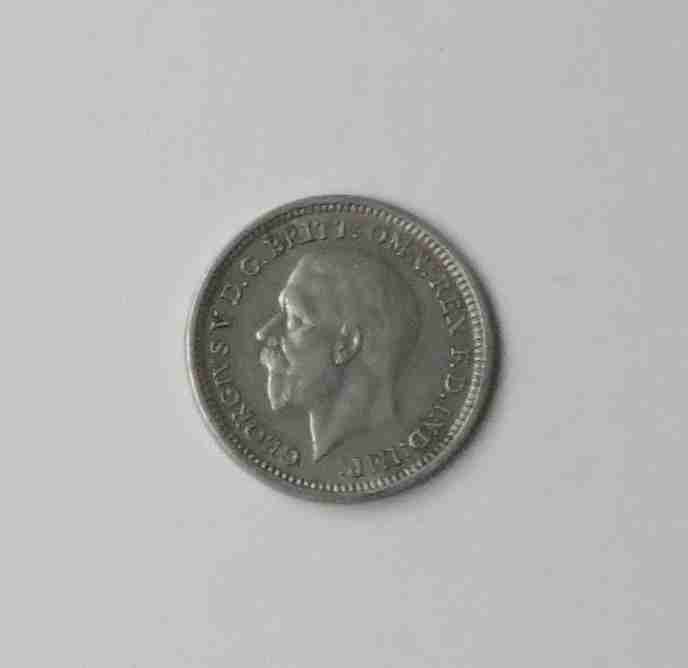 |
3 pennies | 1 thrupenny bit (silver coin last minted 1936 but legal to 1971) | 3d |
 |
6 pennies | 1 sixpence | 6d |
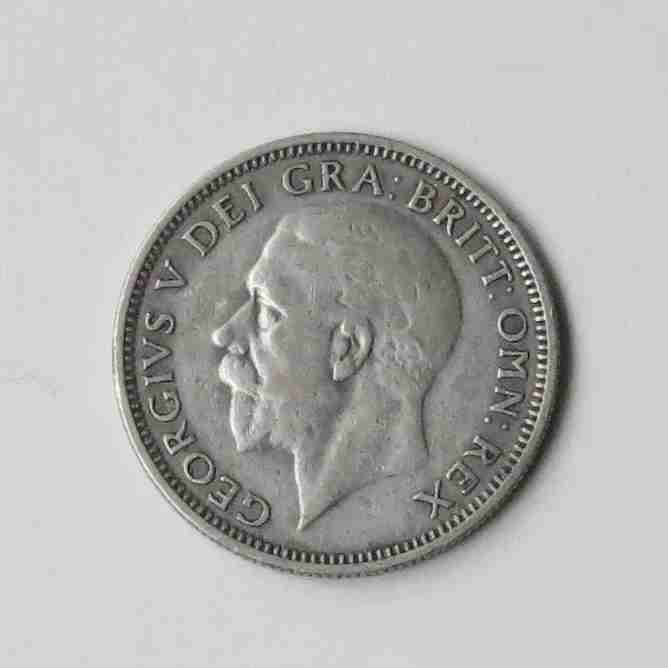 |
12 pennies | 1 shilling | 1s or 1/- |
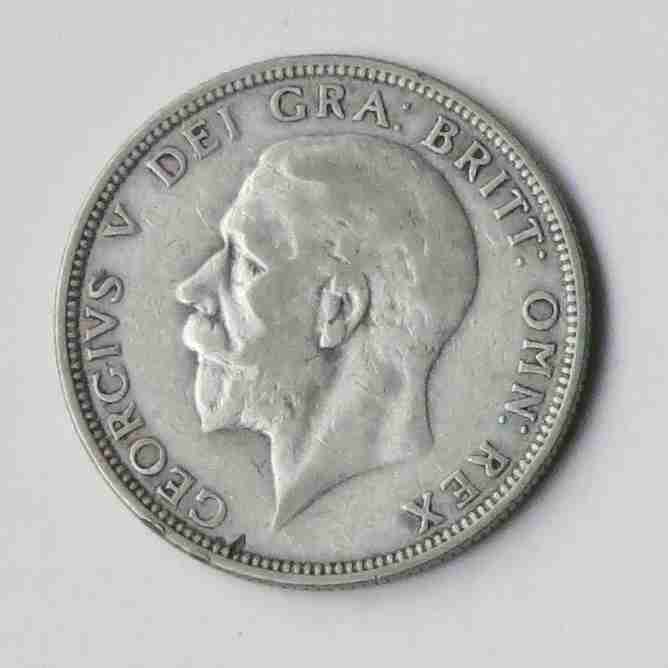 |
2 shillings | 1 florin | 2s or 2/- |
 |
2 shillings and 6 pence | half a crown | 2s 6d or 2/6 |
 |
5 shillings | 1 Crown | 5s or 5/- |
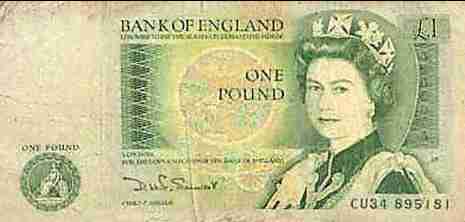 |
20 shillings | 1 pound | £1 |
Below are some slang names used for “old money”
- copper a penny (named after the metal it was made from)
- ha’pny half a penny
- tuppence two pennies
- thruppence three pennies
- groat four pennies (this coin was withdrawn in the 19th century)
- tanner a silver sixpence piece
- bob a shilling
- half-a-dollar two shillings and sixpence or half a crown
- dollar five shillings or a crown
- quid or nicker £1 made from paper
- sovereign £1 gold coin
- guinea was worth one pound and a shilling*
- joey a three-penny piece
- a score £20
- pony £25
- monkey £500
Some slang terms (or nicknames) for money seem to have been invented by soldiers returning from India. Possibly the reference to a 'monkey' for £500 was because the Indian 500 rupee note had a picture of a monkey on it. The soldiers had used the term “monkey” to mean a 500 rupee note and on returning to England the saying was then used to mean £500 English sterling. It is also believed that the 25 rupee note had a picture of a pony on it and so this term was then used for £25.
The use of dollar/half-a-dollar seems to have come about during a long period in which one USA dollar was worth about five shillings.
* The first English gold coin was a guinea and worth one pound or twenty shillings. However, because the price of gold varied the value of the guinea often altered. The value of a guinea was eventually set at 21 shillings. The guinea was commonly used by professional people such as doctors or lawyers but this ceased following decimalisation. Today the guinea mainly survives in the world of thoroughbred horse sales and racing.
Money Maths Challenge - Answer
The answer to the money maths challenge is £8 - 10s - 3¾ (eight pounds ten shillings and threepence three-farthings).

